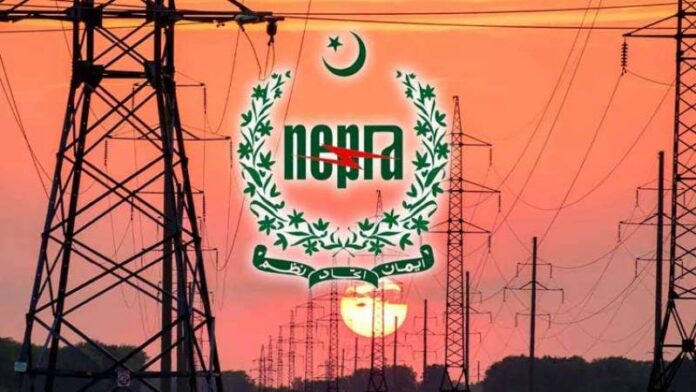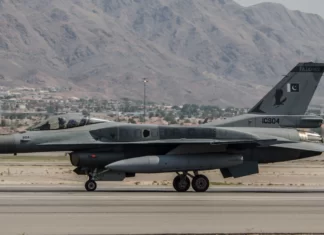The National Electric Power Regulatory Authority (Nepra) has reduced the national average Power Purchase Price (PPP) for the fiscal year 2025-26 to Rs25.98 per unit, a decrease of 3.77% or Rs1.02/unit from the current rate of Rs27/unit, according to a news report.
Nepra’s latest determination sets the total national PPP at Rs3.342 trillion for FY26, with Rs3.066 trillion or Rs26.34 per unit allocated for ex-Wapda Distribution Companies (XWDiscos).
The calculation excludes K-Electric’s share. This reduction in PPP will play a key role in determining future electricity tariffs for consumers.
Out of the projected PPP for XWDiscos, Rs1.125 trillion is designated for fuel and variable operation and management (O&M) costs, while a significant Rs1.941 trillion, or 63%, is allocated for capacity charges, including NTDC, Pak Matiari-Lahore Transmission Company (PMLTC) wheeling costs, and CPPA-G’s Ministry of Finance share.
The capacity charges are estimated at Rs6.484/unit/month, based on an average monthly Maximum Demand Indicator (MDI) of 24,943 MW.
Energy charges for XWDiscos stand at Rs9.67/unit, while capacity charges make up Rs16.67/unit, totaling Rs26.34/unit before accounting for transmission and distribution (T&D) losses.
The new PPP rate of Rs25.98/unit is Rs1.02/unit lower than the current fiscal year’s rate of Rs27/unit, when the total power purchase cost amounted to Rs3.534 trillion.
In its petition to Nepra, the Central Power Purchasing Agency (CPPA-G) proposed seven PPP scenarios for FY26, based on varying assumptions of demand growth (3-5%), exchange rates (Rs280–300/USD), and hydrological conditions. Proposed fuel charges range from Rs8.16/unit to Rs9.19/unit, and capacity payments are projected between Rs16.04/unit and Rs16.45/unit. These projections reflect the continued dominance of capacity charges in the power purchase cost.
For FY24, capacity charges were Rs16.22/unit, with energy charges at Rs6.73/unit, resulting in a total PPP of Rs22.95/unit. This marks a continued upward trend in fixed power costs over recent years.























